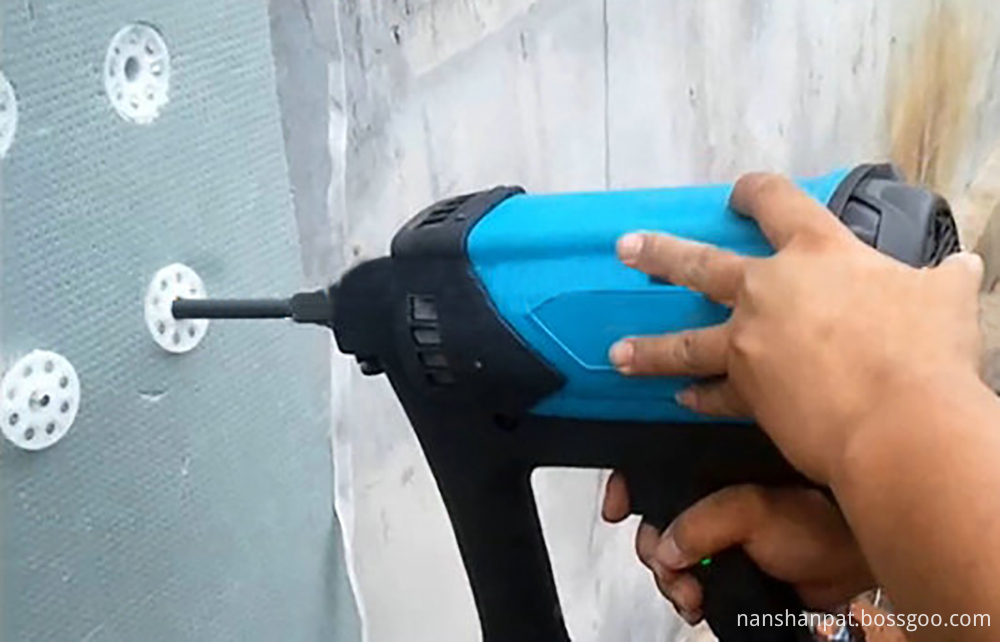ã€China Aluminum Network】 Aluminum foil has a series of strengths such as light weight, hermeticity, and good coating properties. It has been widely used in electronics, packaging, construction and other fields, especially the innovation of new biological engineering, power, and environmental protection technologies. The use of aluminum foil and the areas of application to be developed and related skills have broadened and expanded. Aluminum is a very vivid amphoteric metal with a high degree of oxygenophilicity. On its appearance, it is very simple to form an oxide film, which causes great difficulty in the electroplating of aluminum foil. To obtain outstanding plating on aluminum foil, disposal prior to plating is a critical process. In the field of electronic applications, in order to add conductivity and solderability of aluminum, it is required to electroplate copper and tin on the outside. Many researches at home and abroad are mostly based on chemical methods. The combination of pre-dip and electroless plating makes the disposal technology more messy. . The author through a lot of tests, the use of surface plasma cleaning and magnetron sputtering pre-treatment methods plus plating technology, in the appearance of aluminum to obtain crystal detailed, bright, good welding, strong binding of copper, tin coating. The thickness of copper plating on the outer surface of aluminum foil can be used instead of copper foil. It is widely used in the electromagnetic shielding category, printed circuit boards and lithium-ion battery collectors, etc., and then saves a lot of copper; it can also be used alone for plating tin layers or Copper plus tin plating, applied to some new electronic categories.
2. Technology Introduction
2.1 Information
A hard light foil with a thickness of 0.033mm was selected and rolled with high purity aluminum of LG3. A 10 cm x 10 cm test piece was cut from a roll of aluminum foil for use.
2.2 Technical Process
Plasma cleaning - biased sputtering of the intermediate layer (nickel-copper alloy) - electroplated copper and/or tin plating.
2.3 Process description
2.3.1 Cleanliness
The hard light foil is not softened and there is residual oil on the surface, so it is necessary to perform degreasing treatment. Degreasing uses plasma cleaning, which is attributed to dry technology. There is no residue on the surface after disposal, and the need for environmental protection is appropriate. This treatment does not affect the intrinsic function of the matrix, and it has a short duration of action, high efficiency, and easy manipulation of the process. The technical parameters are: discharge vacuum degree 33Pa, loading gas Ar, O2, etc., treatment power 150W, time 1~3min.
2.3.2 The operating conditions of the magnetron sputtering intermediate layer are: the vacuum degree of the root is <5.5×10-3Pa, the sputtering pressure is 0.12~0.20Pa, the distance between the target and the substrate is 60~100mm, the sputtering power is 100W, the target diameter is 60mm, DC negative bias 60V.
NANSHAN Insulation Fasteners are specifically fabricated to meet the exacting requirements of toughness and durability that enable them to penetrate dense concrete and structural quality steel.
We maintain only the highest standards in the materials, production techniques and quality control measures used to manufacture our fasteners, assuring consistent, optimum quality in every fastener.
NANSHAN Drive Pins can be used for the Powder Actuated Tools and gas actuated tools of
NANSHAN®, POWERS®, RAMSET®, HILTI®, SIMPSON® and BLUE POINT FASTENERS®.

Insulation Fasteners
Insulation Fasteners,Insulation Anchors,Insulation Nails,Insulation Board Nails
Sichuan Nanshan Powder Actuated Fastening System Co., Ltd. , https://www.nanshanpat.com